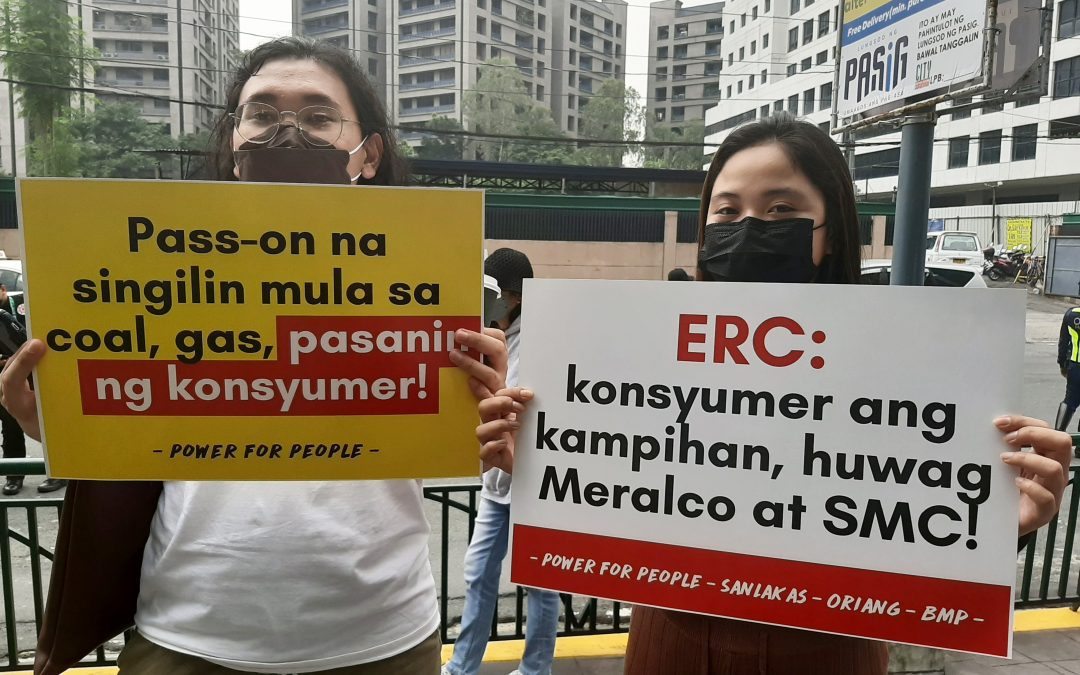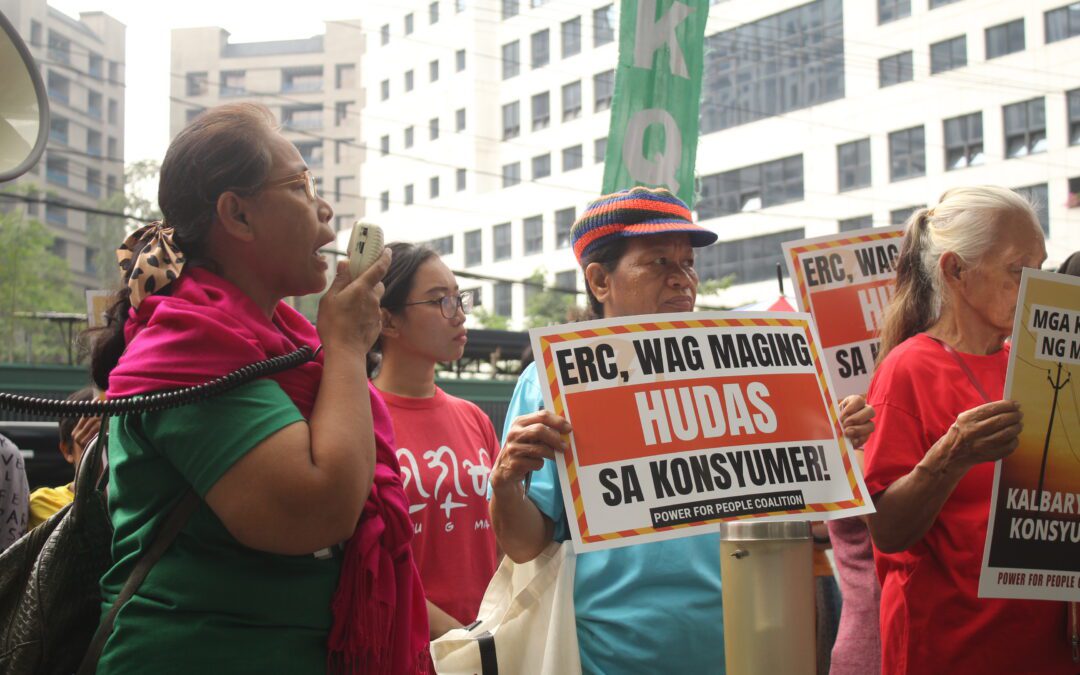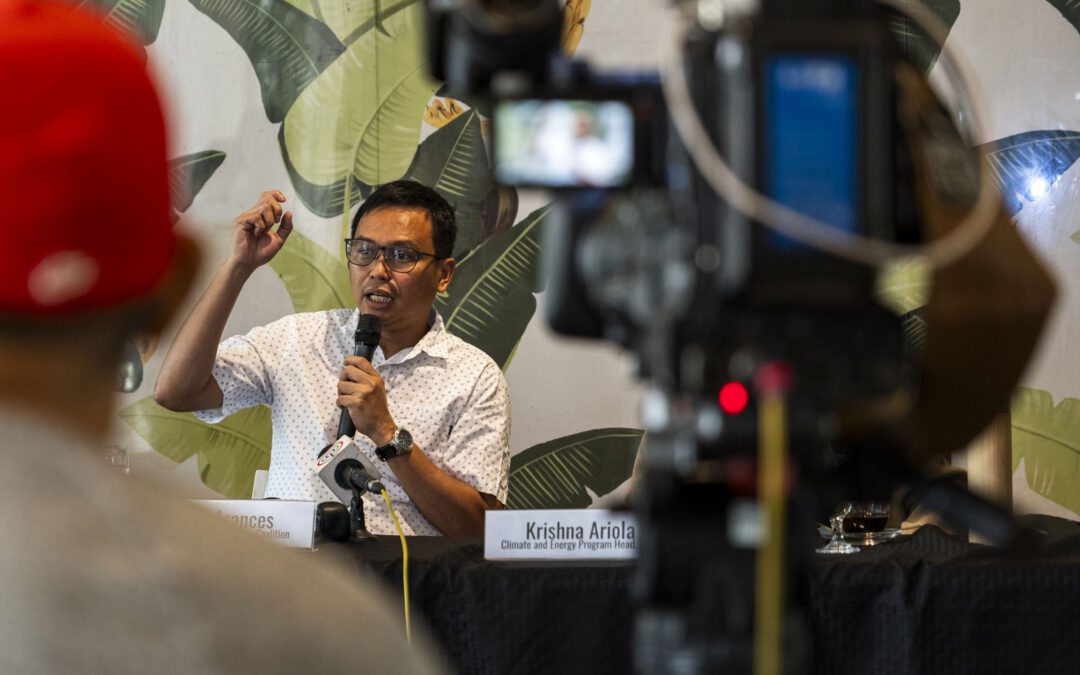The most recent Land and Rights Watch Report shows that killings remain the most common human rights violation (HRV) with 51 incidents and 74 victims. This is followed by arrests, detention and legal persecution, with 32 incidents and 477 victims. Worth noting is that almost half or 14 of those arrested or legally persecuted in cases linked to land conflicts are women.
By ZYSA MEI ELLORAN
Bulatlat.com
Land-related human rights violations (HRV) are increasing weekly worldwide in the last five years because of land-grabbing incidents in rural communities involving governments and private companies, an agriculture advocacy group said.
“As global monopoly capitalism navigates its latest bout with an economic crisis lingering since 2008, the world’s wealthiest capitalists are looking for ways to protect their investments and make more money,” Pesticide Action Network Asia Pacific (PANAP) said in a press release.
The most recent Land and Rights Watch Report shows that killings remain the most common human rights violation (HRV) with 51 incidents and 74 victims. This is followed by arrests, detention and legal persecution, with 32 incidents and 477 victims. Worth noting is that almost half or 14 of those arrested or legally persecuted in cases linked to land conflicts are women.
Read the full report: Land and Rights Watch 2022 Report
The report also revealed that indigenous peoples accounted for the most number of victims of land-related HRVs (12,475 victims), followed by agricultural workers (1,640), and environmental activists (173).
The report also revealed that police, military, and paramilitary personnel were responsible for inflicting violations against at least 98 percent of victims, or of the 21,413 victims of killings, arrests, threats, and displacement.
“The financialization of the global economy allows them to turn to assets such as farmlands, even when the likes of giant property holder BlackRock or mega-billionaire Bill Gates have no interest in producing food or engaging in agriculture but merely hedge their other investments or squeeze profits from the land’s value and rent,” PANAP said.
Agricultural and ancestral lands are protected under international human rights law and social and environmental standards.
Article 17 of the United Nations Declaration on the Rights of Peasants and Other People Working in Rural Areas (UNDROP) underlined the land rights of peasants and other people working in rural areas.
Articles 25 and 26 of the United Nations Declaration on Rights of Indigenous Peoples (UNDRIP) also protect the rights of indigenous peoples to land, territories and resources.
However, Oxfam, the International Land Coalition and the Rights and Resources Initiative reported that half to two-third of the world’s land held by indigenous people and communities under informal or customary ownership systems, are often not legally recognized by governments.
Communities lacking legal title to their lands where they live can be allocated to corporations or can be displaced by large-scale resource projects of the government.
Arnold Padilla, PANAPs food programme coordinator, asked global advocacy groups to support rural communities in asserting their rights to land and resources.
“People’s control over land and resources is an integral part of people’s food sovereignty and central to the pursuit of climate justice,” he added. (RTS, RVO)
This story was published at Bulatlat.com on December 16, 2022.






0 Comments